How Long Should You Wear Compression Socks? 24-Hours?
When you have leg swelling, problems with your circulatory system, or low blood flow to your lower extremities, your doctor may recommend compression socks or stockings. Because compression socks or stockings have few side effects, they may be recommended for people unable to take medications for certain circulatory problems. As your doctor may have mentioned, using compression socks is like performing exercise, one hour of wearing compression socks will not improve your circulation just like one workout will not get you in shape.
If your healthcare provider advises that you wear compression stockings, you might want to know how long you can wear them. Is it safe to wear compression socks day and night, 24 hours a day? Can you wear compression socks for too long? When is that cutoff? In short, your doctor may have more specific instructions on how long to wear compression socks in your situation. Generally, it is safe to wear compression socks for 24 hours upon doctors’ approval. In fact, the National Health Service in the United Kingdom recommends that surgery patients wear compression stockings as much as possible, day and night, after surgery. Read on to learn more!
How long should you wear compression socks?
The goal of putting on a pair of compression stockings is to apply pressure to your veins from the outside in situations where your activity level can restrict blood flow. As a result, this external pressure helps by improving circulation to and from your legs, feet, and ankles. This is how compression socks and stockings prevent swelling and alleviate discomfort. According to a scientific report, compression socks can decrease your risk of developing a potentially life-threatening blood clot if you frequently travel long distances.
This compression, however, is the very reason that some people are wary of wearing them too long. The idea that a sock squeezing your leg will help it is counterintuitive, but science has found that compression socks or stockings improve many health conditions like varicosities, lymphedema, blood clotting issues (deep vein thrombosis), and more.
Additionally, here at Vim & Vigr, we don’t think of it so much as a “squeeze” to your legs, but more of a gentle hug. This is because our compression socks utilize graduated compression, which is tightest at the ankle and helps to move blood back up and through your legs. This allows blood to circulate extremely well through your legs, which leaves you feeling amazing all day.
Learn more about the benefits of compression socks and how they work here.

How often should you take off compression socks?
The effects of wearing compression socks can benefit people from all walks of life, and this question may have a different answer depending on your lifestyle and doctor's recommendation. Typically, the people who benefit from compression socks fall into one of these categories:
- Employees who stand or sit all day at their jobs (nurses, office workers, retail workers, etc.)
- Pregnant women dealing with swollen feet, legs, and/or ankles
- Travelers going on a long flight of 5 hours or more
- Diabetics, who have poor circulation in their feet
- Athletes who want to prevent injury and improve physical performance
- Seniors
- People recovering from surgery
- People at risk of venous insufficiency
- People at risk for developing deep vein thrombosis (DVT)
- People suffering from varicose veins
No matter what category you fall into, the best course of action is to listen to your doctor’s advice to find the best compression level for your situation. For example, a mild compression level might be perfect for those who wear them to work or during exercise, but individuals at risk for blood clots might need a stronger, medical grade level of compression for their needs.
However, if you wear higher levels of compression to help with a medical condition, you may be what we call an “everyday wearer.” We design our socks with everyday wearers in mind, so that they are comfortable enough to slip on every day and wear for long periods. If you are recovering from surgery, or trying to aid circulation, your doctor may recommend that you wear your compression socks even when you sleep.
If your doctor says that it is safe, it is recommended that you utilize compression socks or stockings after surgery. One important research study found that wearing compression socks or stockings alone may reduce the risk developing blood clots by up to 65% post surgery.

Can you wear compression socks 24-hours a day?
As we have mentioned before, our socks are designed with long term comfort in mind. So if your doctor recommends around-the-clock wear, we can accommodate. While you can comfortably wear compression socks to bed, it is not required to receive the benefits of compression. This is because when you lay down to sleep at night, the effect of gravity on your legs significantly lessens, which helps blood and lymph circulate out of the legs. So, for general wear, you CAN wear compression socks for 24 hours, but it is certainly not required.
However, there are medical conditions and special circumstances where compression socks are worn for over 24 hours. Many long haul flights can call for 24 hours of travel, in which we recommend wearing compression socks the whole time since long haul flights are known to contribute to blood clots. One of our ambassadors, Sherry Ott, never travels without her compression socks because of a close run in with DVT (Deep Vein Thrombosis) on a long haul flight.
Can you wear compression socks too long?
This question ultimately comes down to comfort. Your body will tell you when it needs a break, so listen! However, if your compression socks are properly fitted, you can wear them as long as you like. This is why “one size fits all” compression socks are not recommended. We offer 6 different sized compression socks with wide calf options to ensure that you can wear your compression socks as long as you like. Pro tip: our merino wool compression socks have been described as “smell proof” for long term wear, and our cotton socks are extremely breathable.
Shop Wide Calf Compression socks HERE
Can You Wear Compression Socks to Bed?
Traditional compression stockings have the same amount of pressure from toe to knee. So unless your doctor recommends for you to wear your compression socks at night, it’s best to take them off when you go to bed to allow your skin to breathe.
At VIM & VIGR, however, our graduated compression technology means that most of the pressure is concentrated at the ankle and foot, making them perfectly safe to wear night and day. And with our mild compression level options (15-20 mmHg), you can feel even more at ease with 24-hour wear. Find the perfect compression socks for daily wear in a variety of fashionable styles for both men and women today!
How to find the right fit
At VIM & VIGR, we offer different size options so that you can experience the benefits of compression socks in comfort. We measure foot size and calf circumference to ensure graduated compression can still take place. Check out the sizing tab out our website to find your perfect fit.
All in all, like many things, it comes down to listening to your body. Your comfort comes first and foremost. We have designed all of our socks with your comfort in mind, so they should feel great on your legs all day! This allows you to wear your compression socks for 24 hours a day and beyond, if you so choose. Find your perfect compression socks for work, relaxation, or travel on our website today!
References
NHS. (2020). How long should I wear compression stockings after surgery? NHS. Read it here.
McKerrow Johnson, I., Shatzel, J., Olson, S., Kohl, T., Hamilton, A., & DeLoughery, T. G. (2022). Travel-Associated Venous Thromboembolism. Wilderness & environmental medicine, 33(2), 169–178. Read it here.
Lim, C. S., & Davies, A. H. (2014). Graduated compression stockings. CMAJ : Canadian Medical Association journal = journal de l'Association medicale canadienne, 186(10), E391–E398. Read it here.
Sachdeva, A., Dalton, M., Amaragiri, S. V., & Lees, T. (2010). Elastic compression stockings for prevention of deep vein thrombosis. The Cochrane database of systematic reviews, (7), CD001484. Read it here.
Clarke, M. J., Broderick, C., Hopewell, S., Juszczak, E., & Eisinga, A. (2021). Compression stockings for preventing deep vein thrombosis in airline passengers. The Cochrane database of systematic reviews, 4(4), CD004002. Read it here.
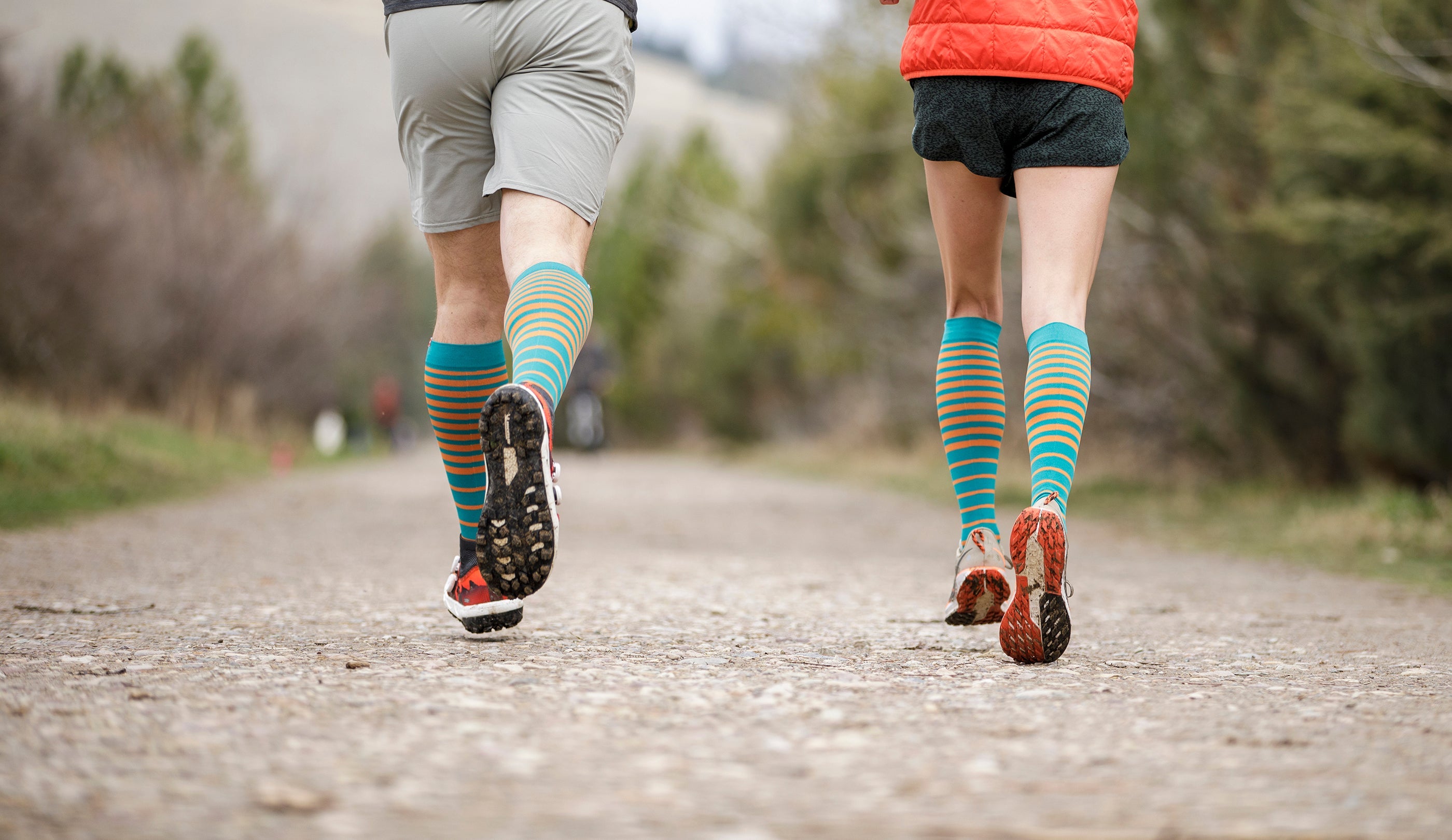
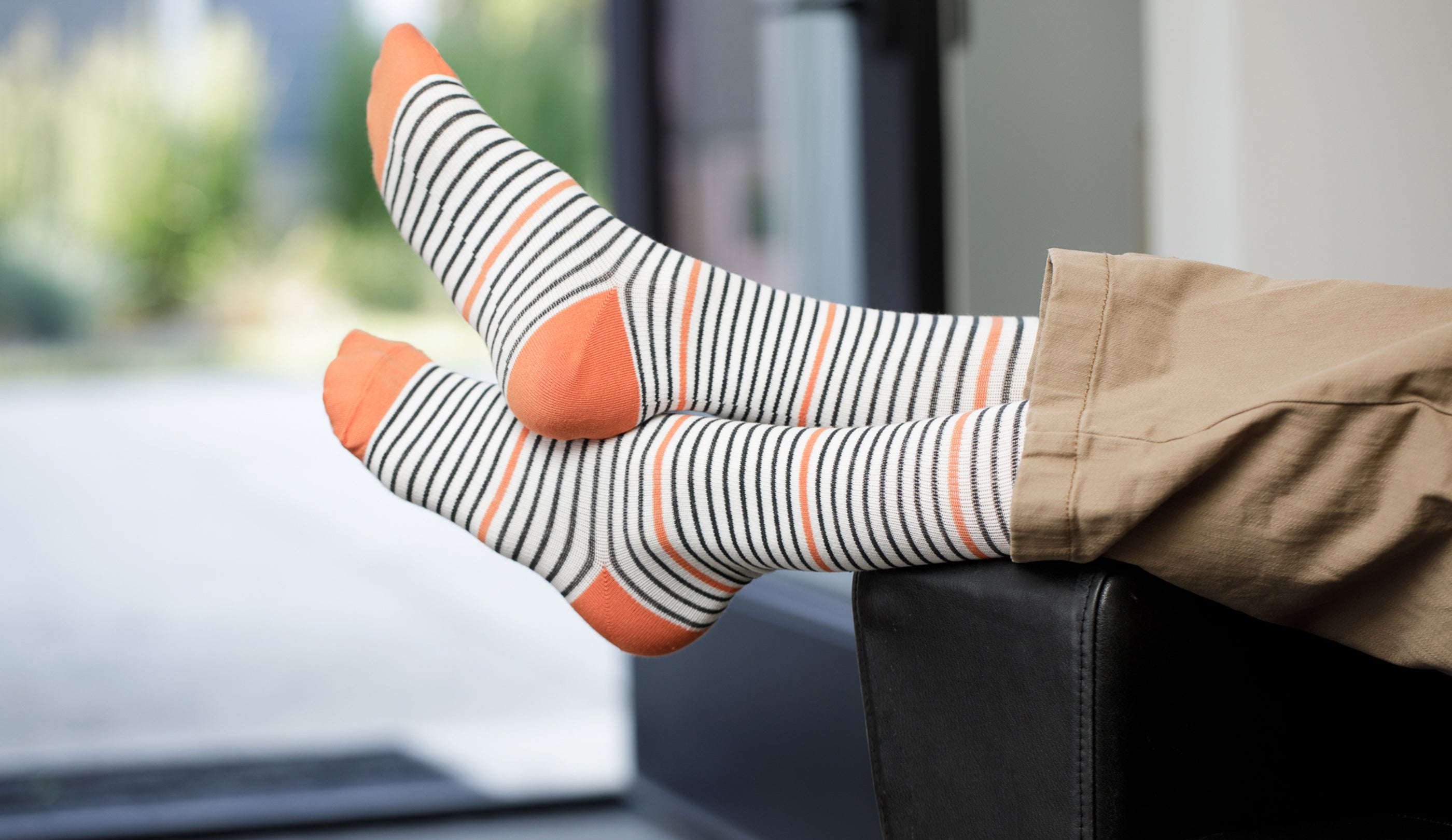
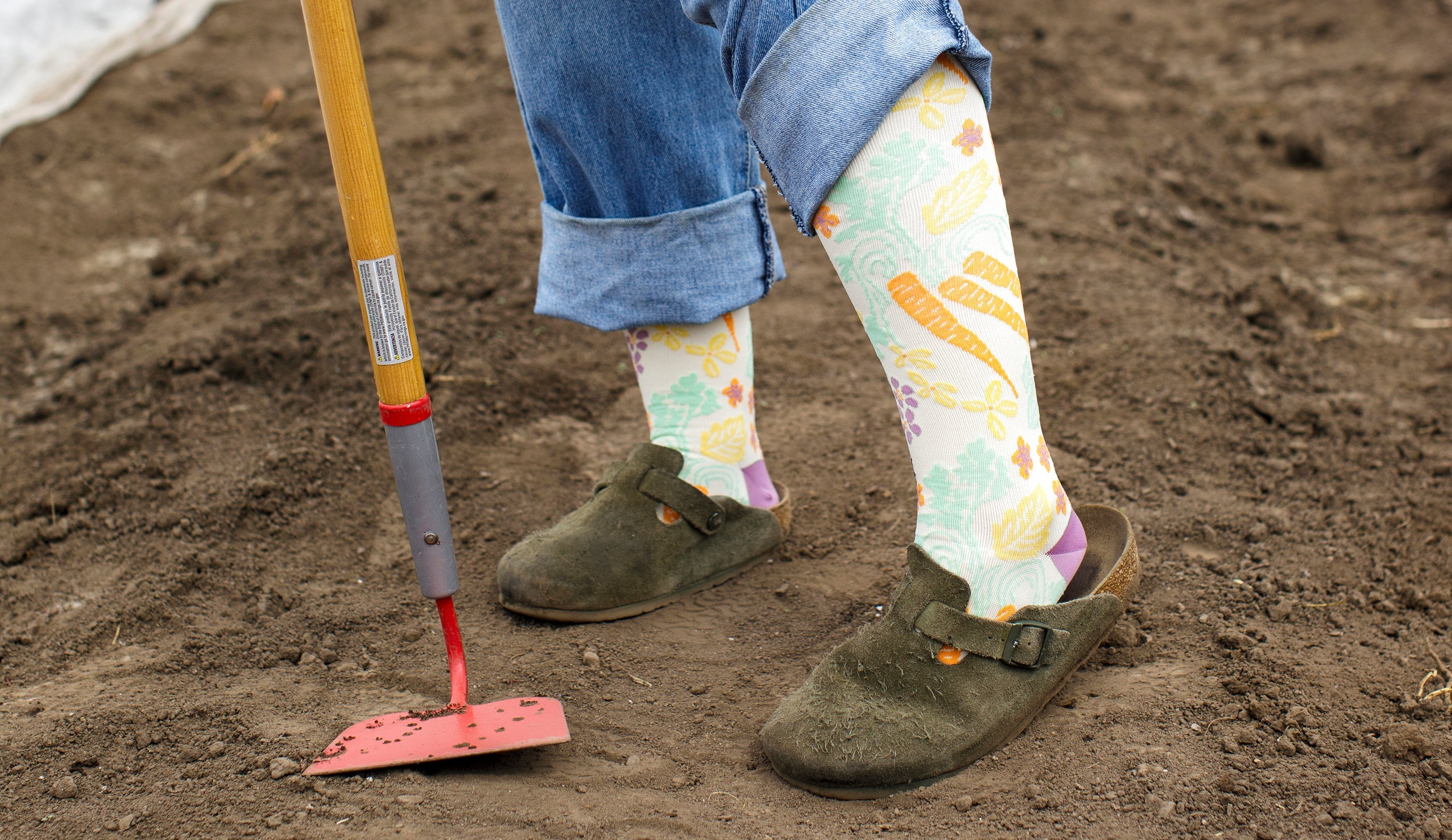
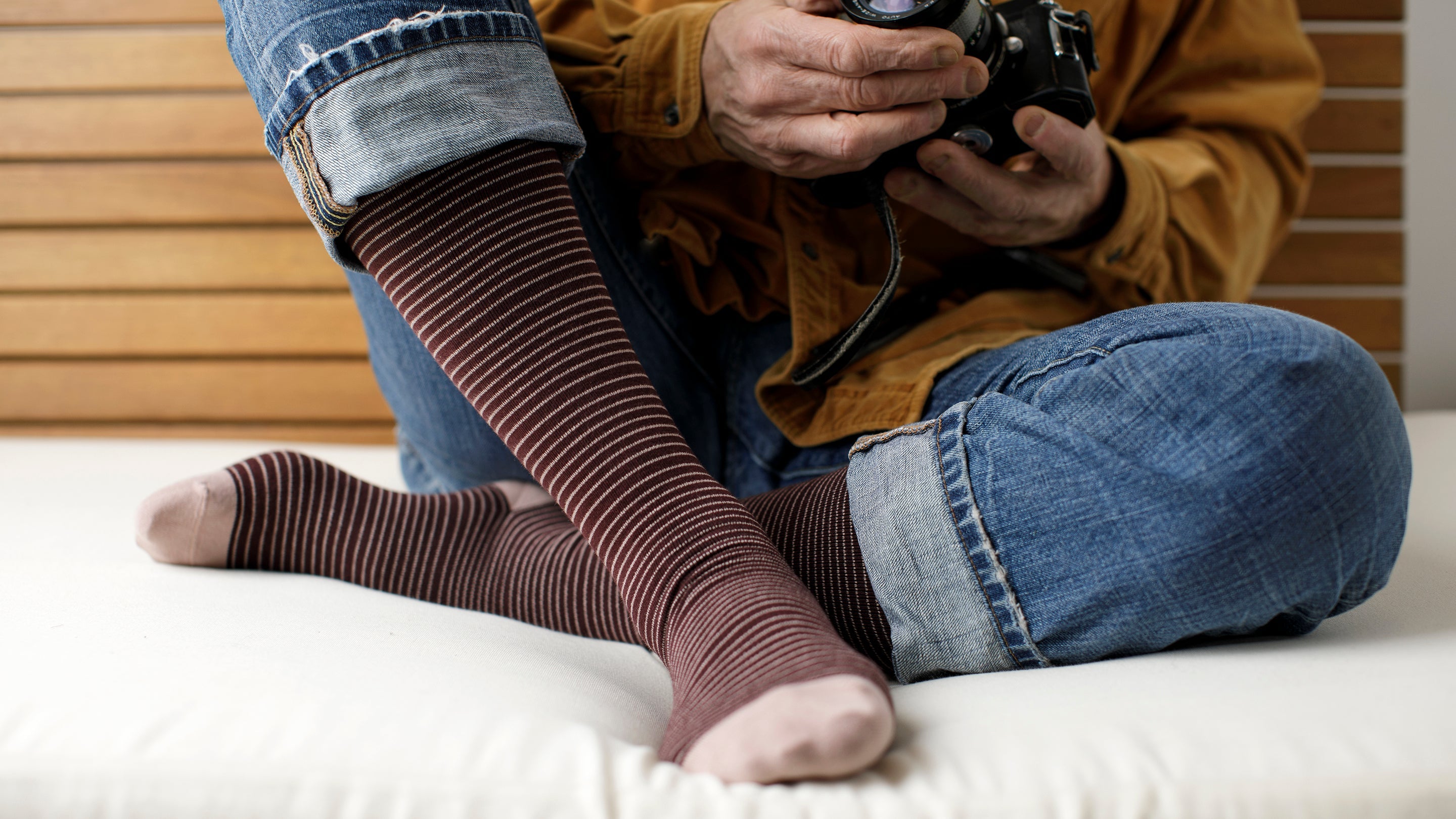
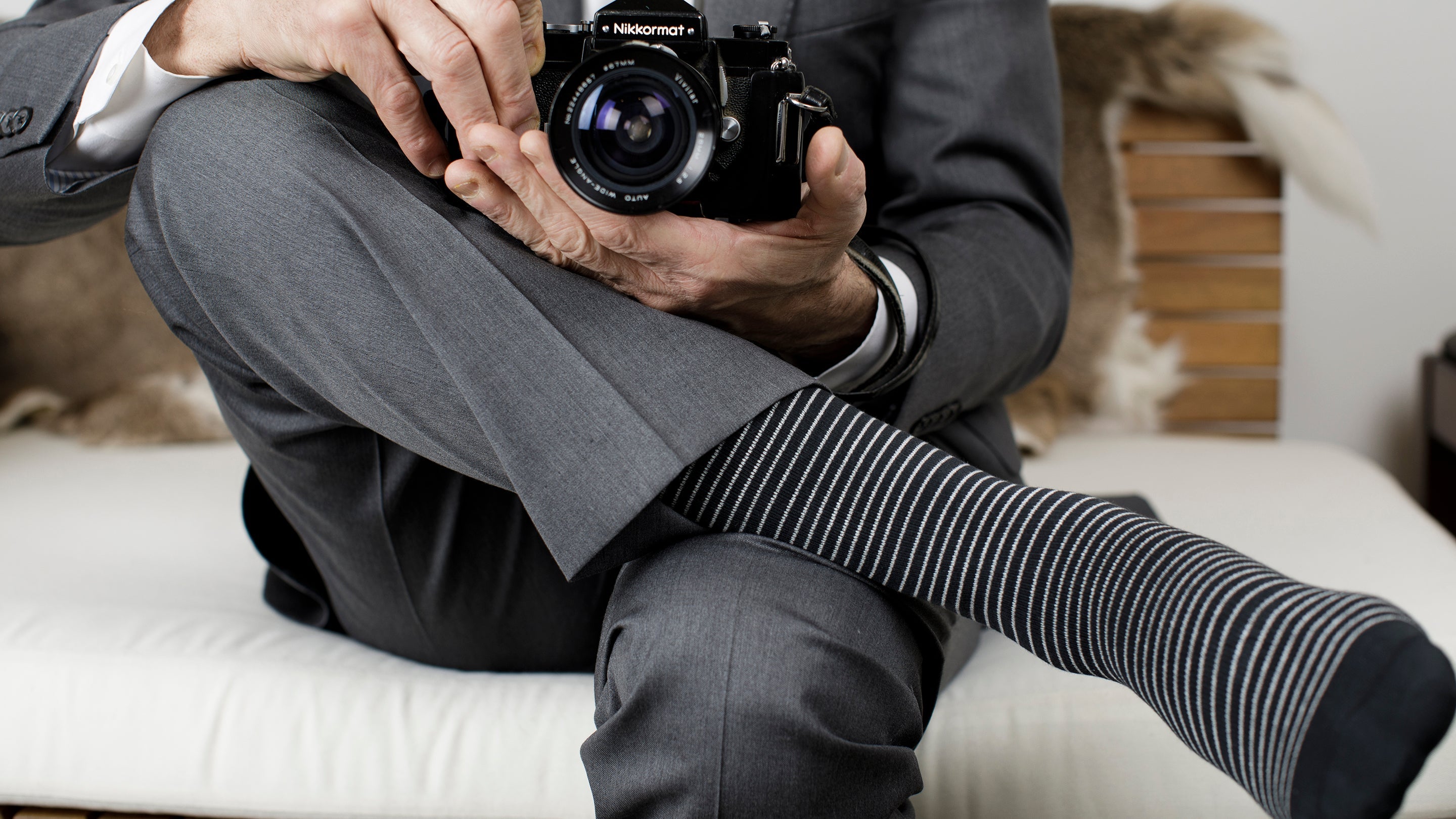



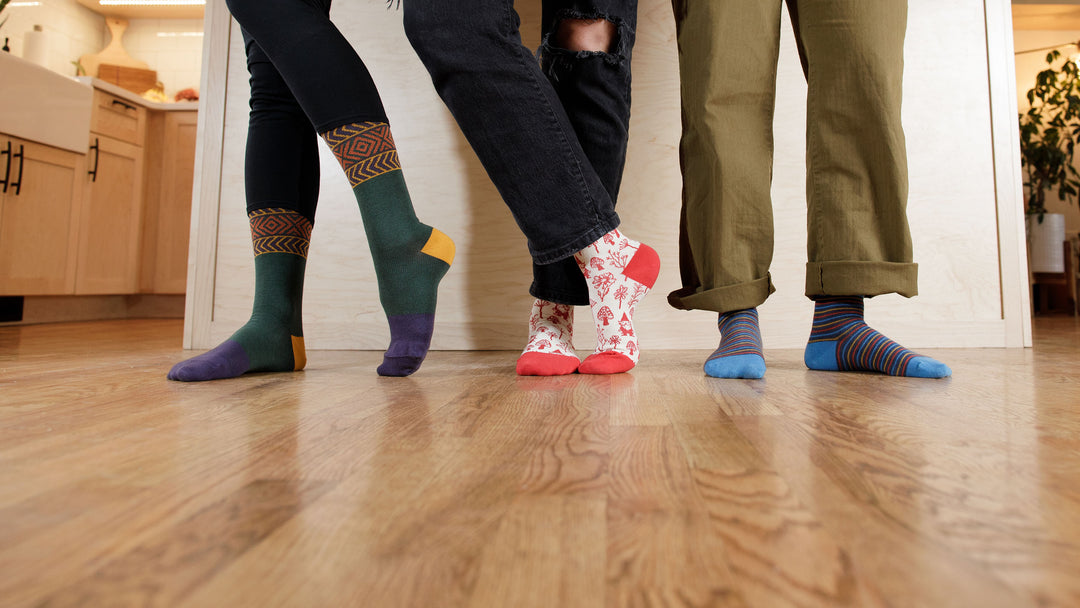

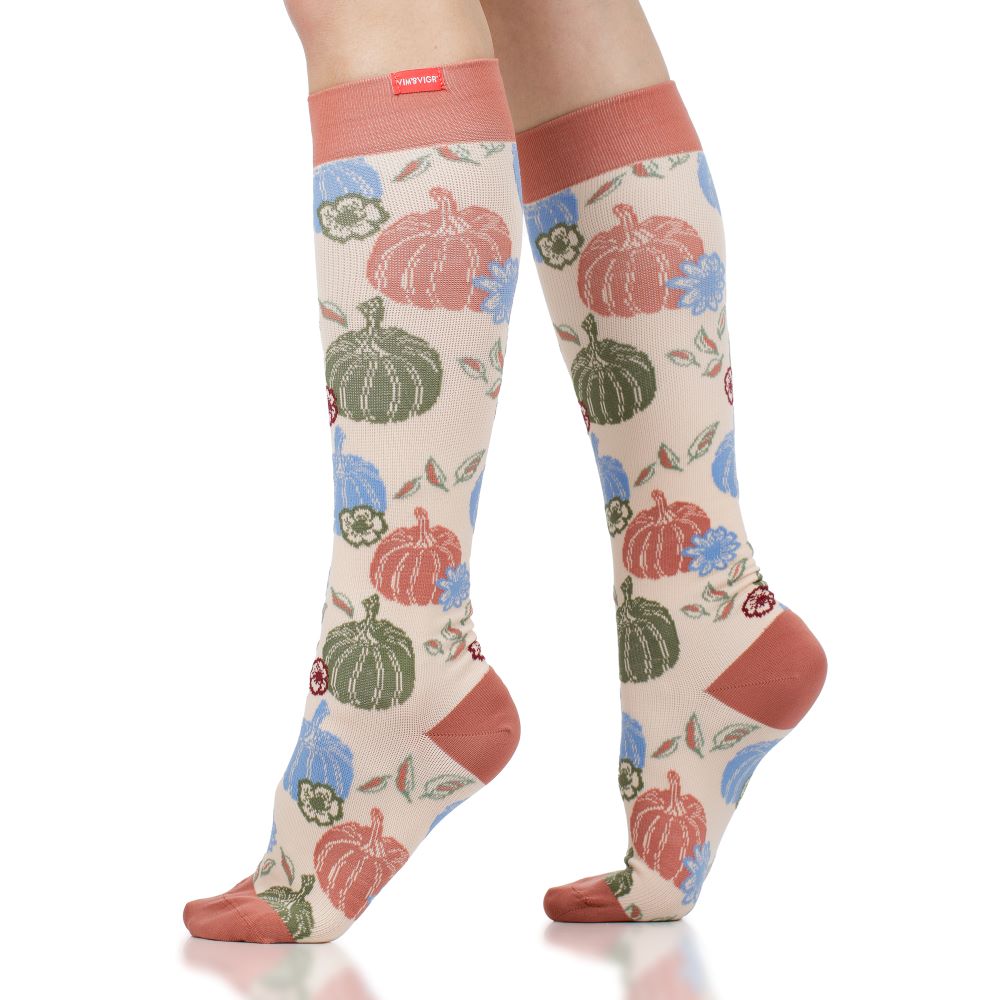
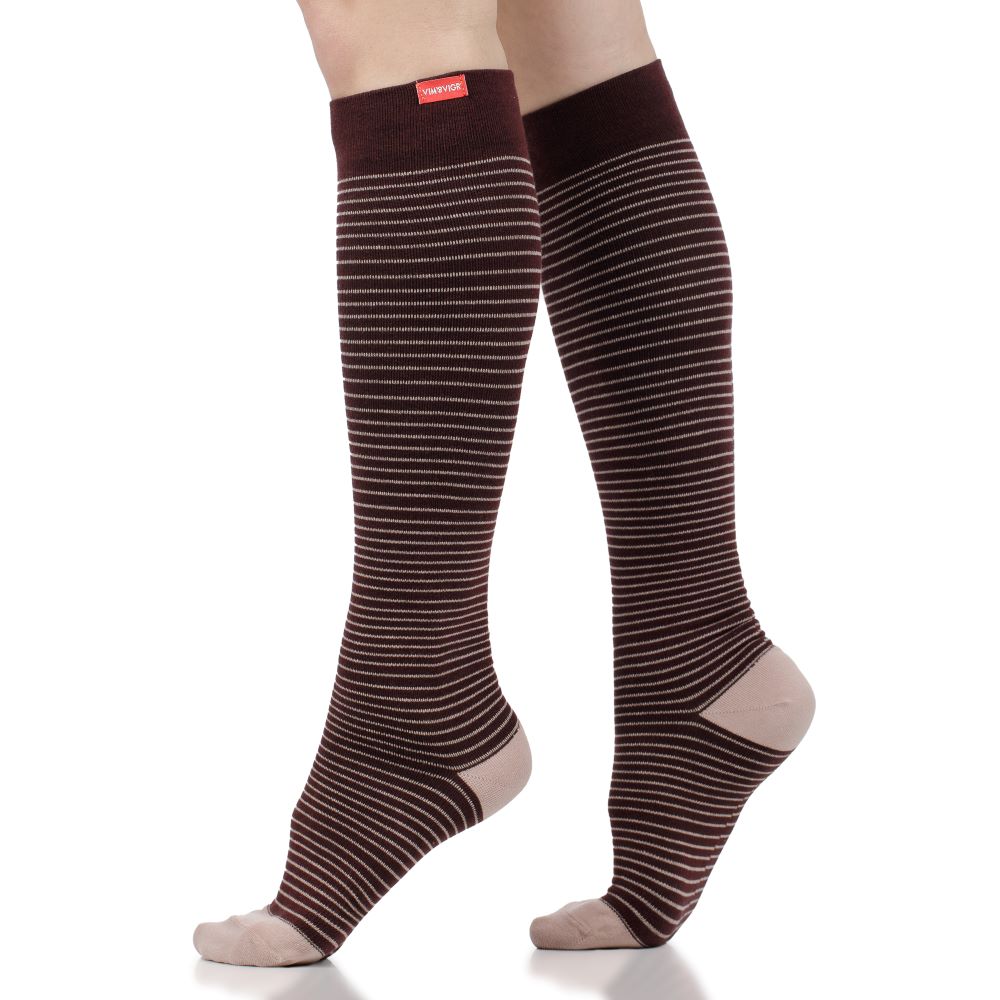
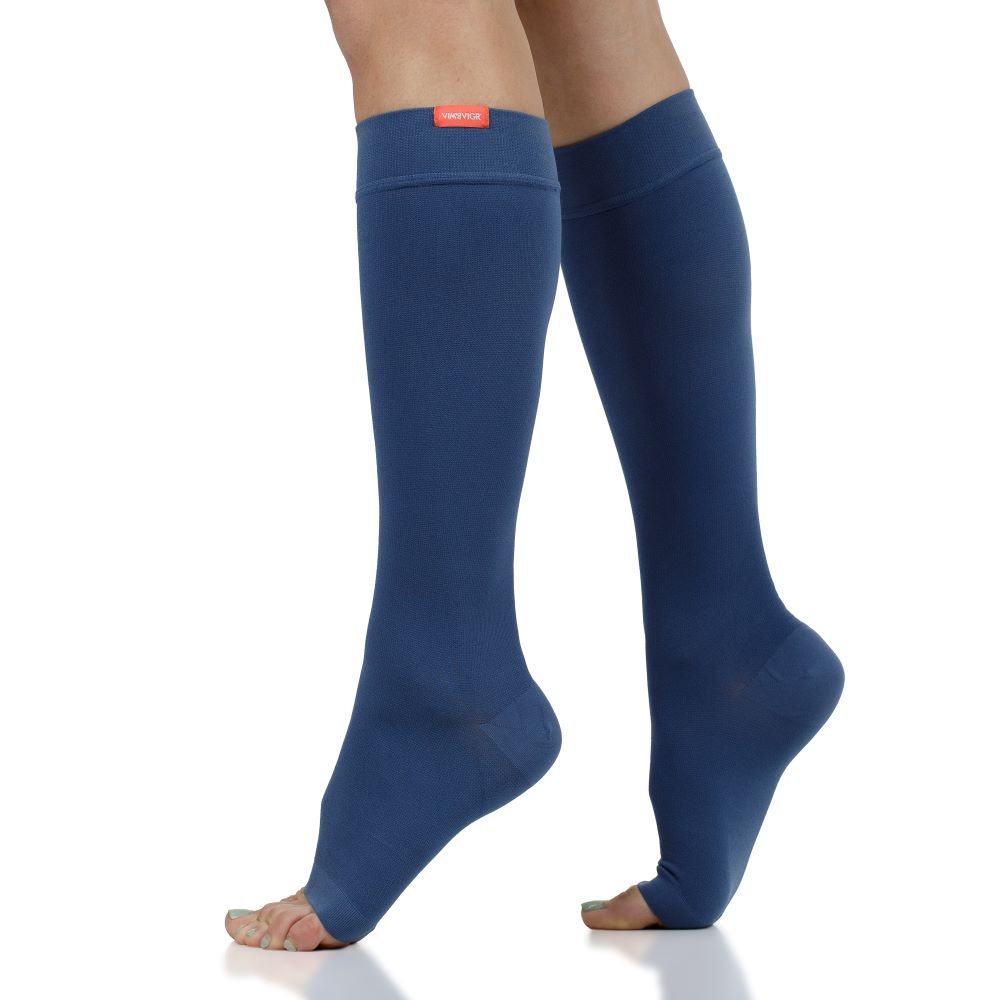



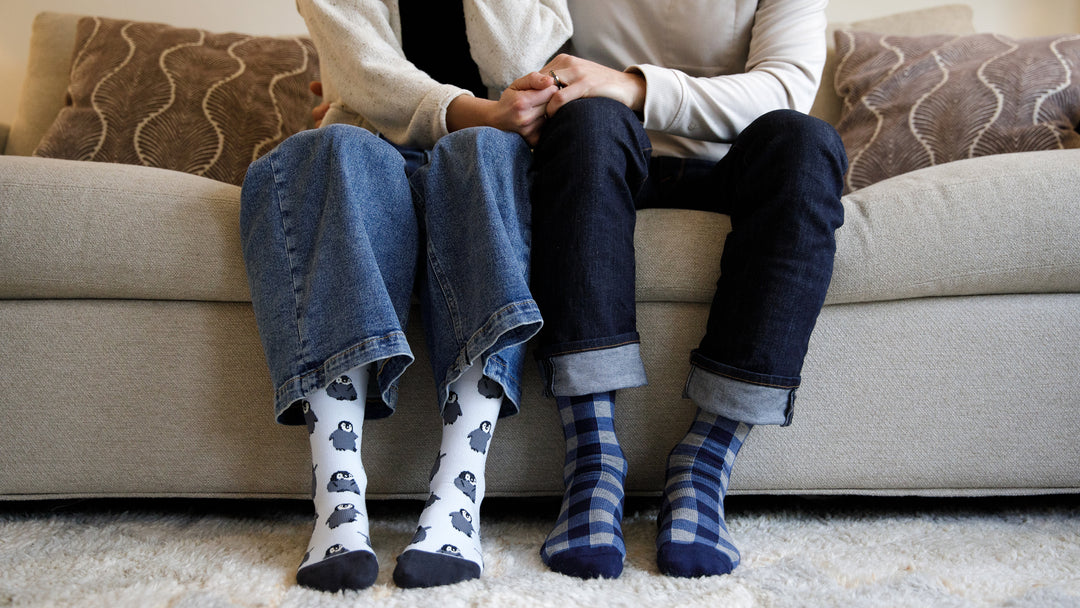
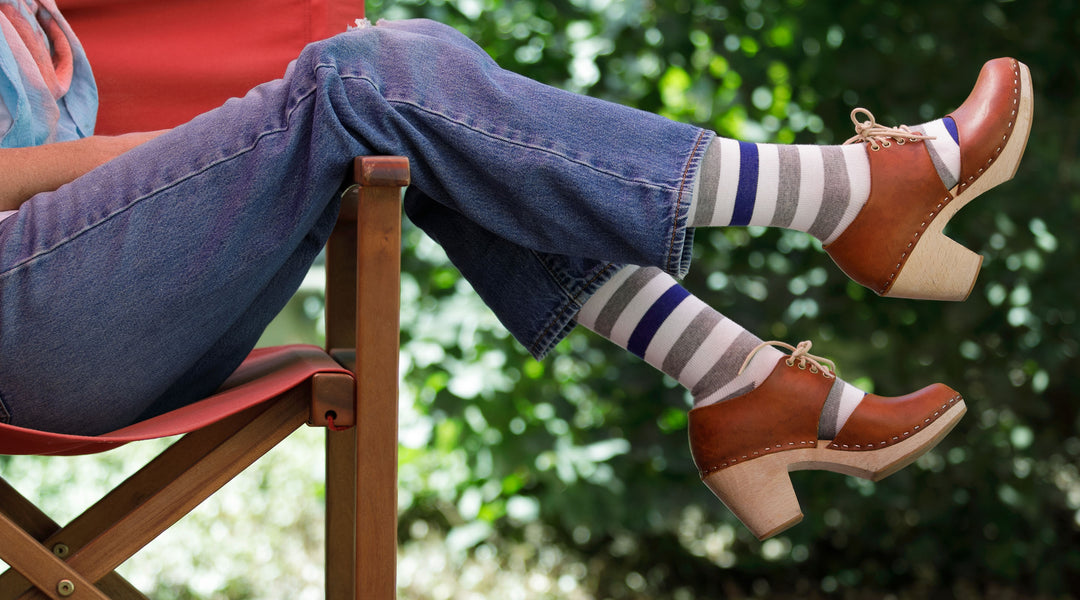
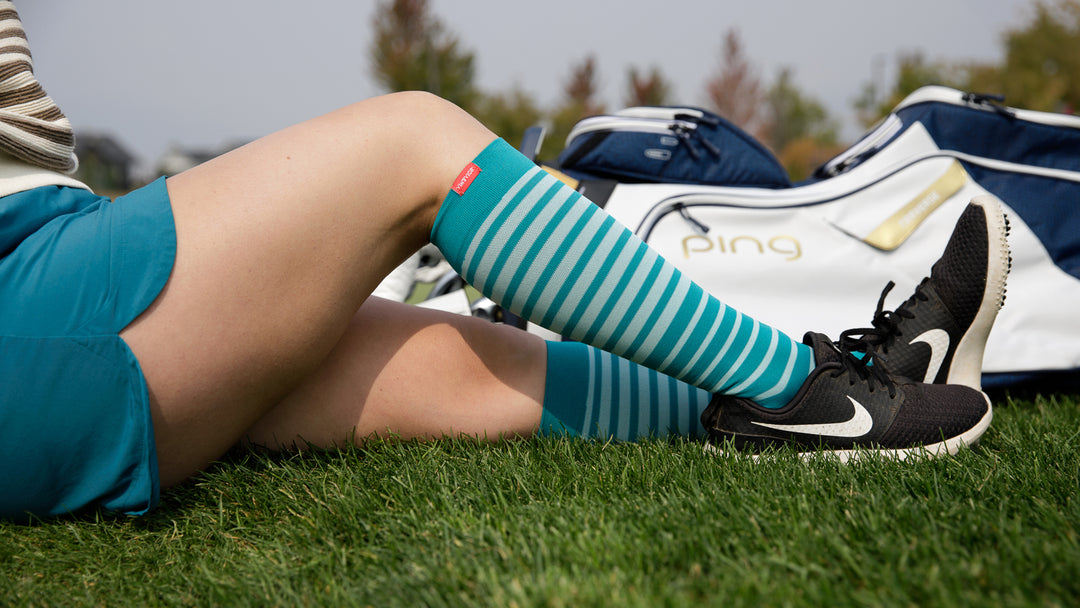
Hi Mike – Yes, we also offer compression leg sleeves. You may click the link here to check them out: https://vimvigr.com/collections/unisex-nylon-compression-leg-sleeves
I prefer to wear compression sleeves because I can’t wear socks. Do you have anything like that?
Excellent information for newly wearing the comp.socks
Do you have to where both socks…my right leg and foot ate normal
I suffer with restless leg, which makes sleep pretty difficult.On particularly rough nights I put on a pair of my V&V socks and find that they are a great help in getting my legs to settle down.
Leave a comment